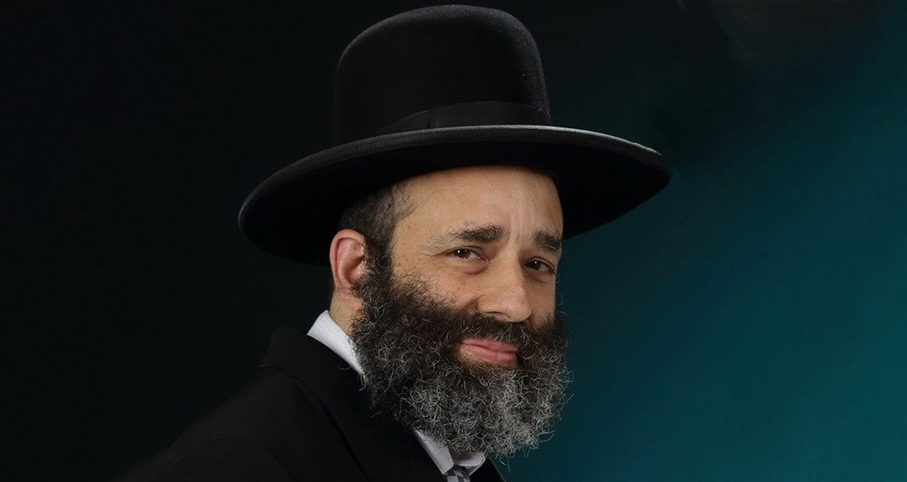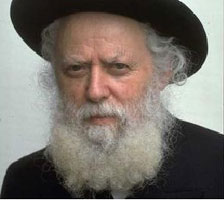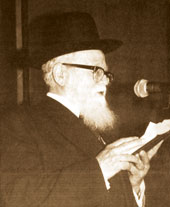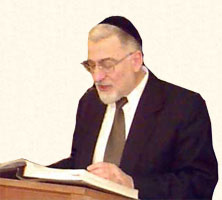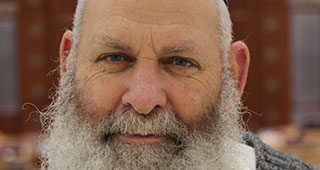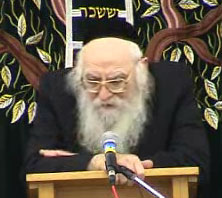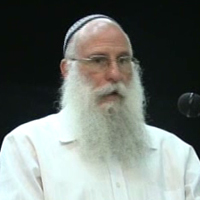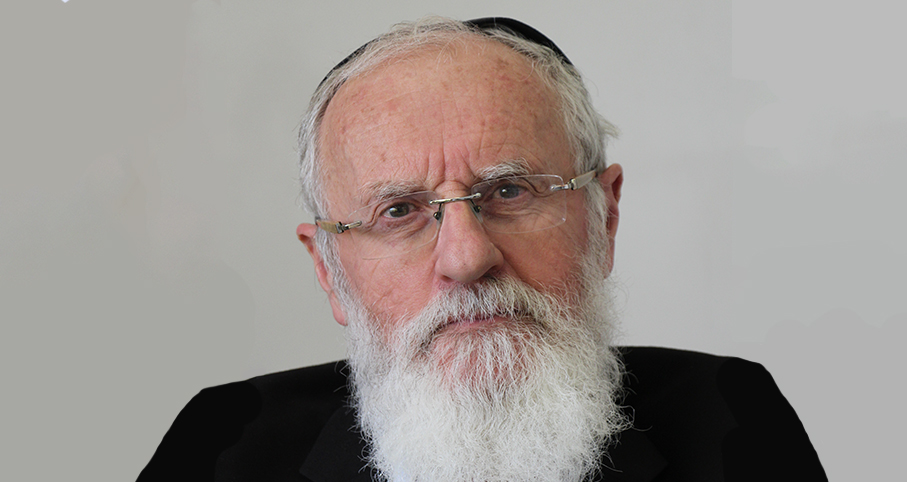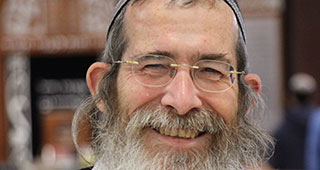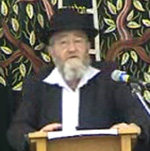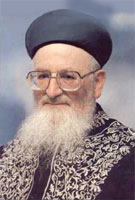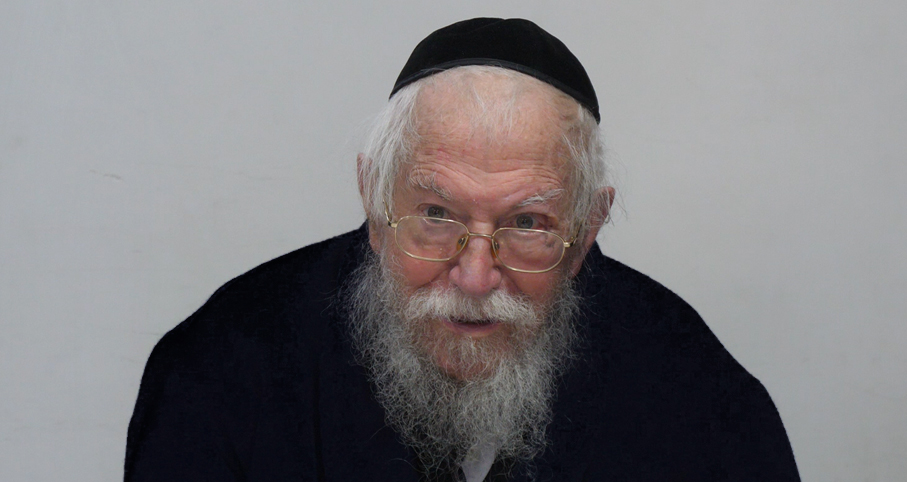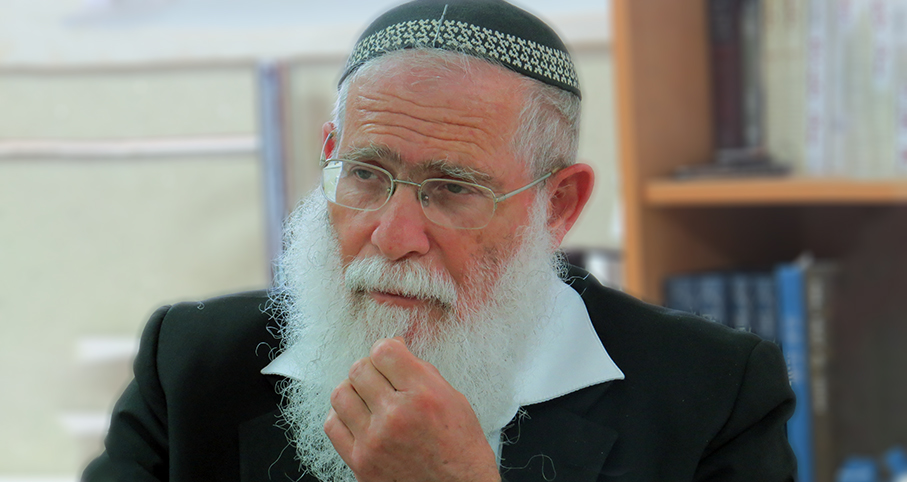Beit Midrash
- Shabbat and Holidays
- Laws of Shabbat
- General Laws
- Torah Portion and Tanach
- Shmot
- Vayakhel
To strengthen Shabbos observance, Nechemiah established very strict rules concerning which utensils one may move on Shabbos. These rules form the foundation of the halachos of muktzah (Gemara Shabbos 123b). Initially, he prohibited using and moving on Shabbos virtually all utensils, excluding only basic eating appliances such as table knives. We will call this Nechemiah’s "First Takanah." By prohibiting the moving of items even indoors, he reinforced the strictness of not carrying outdoors on Shabbos (Gemara Shabbos 124b; Raavad, Hilchos Shabbos 24:13). Furthermore, observing the laws of muktzah protects people from mistakenly doing forbidden melacha with these tools. In addition, the laws of muktzah guarantee that Shabbos is qualitatively different from the rest of the week even for someone whose daily life does not involve any manual labor (Rambam, Hilchos Shabbos 24:12-13).
As the Jews became more careful in their Shabbos observance, Nechemiah gradually relaxed the rules of muktzah, permitting limited use of some utensils on Shabbos. Eventually, Nechemiah established rules whereby most utensils may be moved and used on Shabbos when necessary, whereas certain utensils that one usually would not use on Shabbos remained prohibited (except for unusual circumstances such as danger). When discussing the halachos of muktzah as they apply today, I will refer to Nechemiah’s "Final Takanah."
Nechemiah’s Final Takanah established four distinct categories of utensils:
1. Not Muktzah. Items that one may move without any reason whatsoever. This category includes food, sifrei kodesh and, according to many poskim, tableware (Mishnah Berurah 308:23) and clothing (see Shitah La’Ran 123b s.v. Barishonah).
2. Kli she’me’lachto l’heter, which means a utensil whose primary use is permitted on Shabbos, such as a chair or pillow. One may move this utensil if one needs to use it, if it is in the way, or if it may become damaged. However, one may not move it without any reason (Gemara Shabbos 123b-124a; Shulchan Aruch 308:4).
3. Kli she’me’lachto l’issur, which means a utensil whose primary use is forbidden on Shabbos, such as a hammer, a saw, or a needle. Items in this category may be moved if they are in the way or if one has a need to use it for a purpose that is permitted on Shabbos (Gemara Shabbos 124a). Under normal circumstances, one may not move it for any other purpose.
4. Completely Muktzah. These are utensils that one may not move under normal circumstances.
I will now explain the four categories.
1. NOT MUKTZAH
One may move food and sifrei kodesh without any reason, and, according to many poskim, also tableware and clothing. Why may I move certain items on Shabbos without any purpose, whereas I may move other items only if I have a purpose?
The answer to this halachic question is historical. When Nechemiah declared his original gezeirah prohibiting muktzah, he applied the gezeirah only to utensils, not to food, and also excluded table knives and similar appliances. Thus, Nechemiah never declared food and table knives muktzah, even during the First Takanah. However, a kli she’me’lachto l’heter was included in the First Takanah, and at that time was completely muktzah. Later, Nechemiah relaxed the takanah to permit moving these utensils under the circumstances mentioned above; however, when these circumstances do not apply, the original prohibition declaring them muktzah remains in effect.
As mentioned above, many poskim rule that forks, spoons, dishes, and drinking glasses are also excluded from any halachos of muktzah (Mishnah Berurah 308:23, quoting Shiltei HaGibborim), although there are opinions who consider them keilim she’me’lachtam l’heter (Ben Ish Chai, 2:Mikeitz). The lenient opinion contends that Nechemiah permitted moving tableware just as he permitted moving table knives. The strict opinion contends that Nechemiah excluded only table knives, but no other tableware. They hold that forks, spoons, dishes, and drinking glasses are included in the gezeirah of muktzah as members of category # 2, kli she’me’lachto l’heter. (This means that they may be moved when needed but not otherwise.) I will soon explain the practical difference between these opinions.
2. KLI SHE’ME’LACHTO L’HETER
A utensil that is used primarily for a task that is permitted on Shabbos, such as a chair or pillow, is categorized as a kli she’me’lachto l’heter. I may move such a utensil for one of three reasons:
A. I want to use it on Shabbos. The Gemara (Shabbos 123b) calls this l’tzorech gufo, literally, for its own use.
B. It is in my way. The Gemara calls this l’tzorech m’komo, literally, to use its place.
C. I am concerned that it might become damaged. The Gemara refers to this as moving the utensil from the sun to the shade.
However, I may not move a kli she’me’lachto l’heter without any purpose, nor may I use it when I do not really need a utensil. Thus, I may not use a kli she’me’lachto l’heter to help me with a task that I can do it without any tool (Gemara Shabbos 124a; Shaar HaTziyun 308:13).
I mentioned above that the poskim dispute whether we categorize tableware as not muktzah at all, or as kli she’me’lachto l’heter. Ben Ish Chai and others, who contend that it should be considered kli she’me’lachto l’heter, rule that if one placed extra pieces of silverware on the table, one may not move them back into the kitchen simply because they serve no purpose on the table. He points out that this fulfills none of the three conditions mentioned above necessary to move a kli she’me’lachto l’heter. (Ben Ish Chai agrees that one may remove the silverware from the table if they are in the way or if one is concerned that they might become damaged.) However, the other opinion contends that silverware is not muktzah at all and may be returned it to its correct storage place even without any other need.
3. KLI SHE’ME’LACHTO L’ISSUR
A utensil whose primary use is forbidden on Shabbos, such as a hammer, saw, or needle, may be moved if I need to use it for something permitted on Shabbos or if it is in the way of something I need to do. Thus, I may use a hammer to crack open a coconut on Shabbos or a needle to remove a splinter (Mishnah Shabbos 122b). (When removing the splinter, one must be careful not to intentionally cause bleeding [Magen Avraham 328:32; see also Biur Halacha 308:11]. Also, one may not sterilize the needle on Shabbos [Rambam, Hilchos Shabbos 12:1]. ) Similarly, on Shabbos I may remove a hammer or saw that was left on a table, counter, or chair, if I need to put something else there.
However, I may not move a kli she’me’lachto l’issur to save it from becoming broken. When Nechemiah relaxed the takanah that treated kli she’me’lachto l’issur as completely muktzah, he only allowed it to be moved if I need it or its place on Shabbos, but for no other reason.
If I know I will need a kli she’me’lachto l’issur later today, and I am afraid it will get broken or ruined and be unusable by then, I may save it from breaking (Tehillah LeDavid 308:5). This is because moving it now makes it available to me later and thus it is considered l’tzorech gufo.
Once someone picks up a kli she’me’lachto l’issur for a permitted reason, he may put it wherever he chooses (Gemara Shabbos 43a). Some poskim extend this rule further, permitting someone who picked up a kli she’me’lachto l’issur by mistake to place it down wherever he pleases since the item is already in his hand (Magen Avraham 308:7). However, many poskim dispute this, arguing that this lenience applies only when one has permission to pick up the utensil but not when it was picked up in error (Gra, Yoreh Deah 266:12). Thus, someone who picked up a hammer, saw, or needle by mistake may not continue to hold it. Mishnah Berurah (308:13) implies that one may follow the lenient approach when necessary. Therefore, in an extenuating situation, one may hold the kli she’me’lachto l’issur until he finds a convenient place to put it down.
DIFFERENCES BETWEEN KLI SHE’ME’LACHTO L’HETER AND SHE’ME’LACHTO L’ISSUR
After Nechemiah’s later takanos, both kli she’me’lachto l’heter and kli she’me’lachto l’issur have an interesting status: sometimes they are muktzah and sometimes not, depending on why one wants to move them. Even within this in-between category of sometimes-muktzah items, there is a "pecking order" whereby kli she’me’lachto l’heter is less muktzah than kli she’me’lachto l’issur. Several differences in halacha result:
A. As mentioned above, one may move a kli she’me’lachto l’heter if one is concerned it may become damaged, whereas a kli she’me’lachto l’issur may not be moved.
B. A kli she’me’lachto l’issur may not be moved when a kli she’me’lachto l’heter is available to do the job (Mishnah Berurah 308:12; Elyah Rabbah 308:32).
C. One may carry a kli she’me’lachto l’heter early in the day even though he does not anticipate needing it until much later that day (Taz 308:2). This is considered as using the kli. On the other hand, a kli she’me’lachto l’issur may only be picked up when one needs to use it.
D. Many poskim contend that a kli she’me’lachto l’issur that was intentionally left for Shabbos lying on top of a permitted item conveys the law of a kli she’me’lachto l’issur onto the lower item (Tehillah LeDavid 266:7 & 308:1; Aruch HaShulchan 310:9). The lower item becomes a "bosis l’davar ha’asur," literally, a base for a prohibited item. Thus according to these poskim, if a hammer was intentionally left on a chair in the backyard for Shabbos, one may not move the chair afterwards if one is concerned that the chair may become damaged, just as one may not move the hammer itself. However, according to the poskim who contend that there is no concept of bosis l’davar ha’asur for a kli she’me’lachto l’issur, one may bring the chair into the house to save it from damage (Pri Megadim, introduction to 308). (We will leave a full discussion of the subject of bosis l’davar ha’asur for a different time.)
However, to the best of my knowledge, no posek contends that a kli she’me’lachto l’heter creates a "bosis l’davar ha’asur." Thus, if someone intentionally left an ice cream scoop on top of a basket of fruit, the fruit does not have the laws of a kli she’me’lachto l’heter but retains the status of the fruit, which is not muktzah at all.
IS SOMETHING MELACHTO L’HETER OR MELACHTO L’ISSUR?
What is the halacha of an appliance that has two equal usages, one l’heter and the other l’issur? This appliance has the halachic status of a kli she’me’lachto l’heter (Magen Avraham 308:9). Thus, if I use an index card as a place mark although I also might write on it, it is melachto l’heter.
What about a utensil whose primary use is for a prohibited purpose, but its typical use includes a permitted purpose, such as a pot? Its primary use, cooking, renders it a kli she’me’lachto l’issur. However, it also functions as a storage vessel after the food finishes cooking, which is a permitted purpose on Shabbos. What is its status?
A FIFTH CATEGORY OF MUKZTAH UTENSIL
This type of utensil has an interesting status: It changes in the course of Shabbos from being a kli she’me’lachto l’heter to a kli she’me’lachto l’issur and back again. When storing food, it has the status of a kli she’me’lachto l’heter. However, when the food is emptied out, it reverts to its primary status and again becomes a kli she’me’lachto l’issur (Rashba, Shabbos 123a s.v. ha disnan, quoted by Pri Megadim, Eishel Avraham 308:9 and Mishnah Berurah 308:26).
Therefore, while it has food inside it, I may move it if I am concerned it might become damaged. However, once the food has been removed, I may not. I may still move it if I want to use the pot or it is in the way. (Furthermore, I may move a used pot out of the way because it looks disgusting [Gemara Shabbos 124a]. However, this is another topic that we will leave for a different article.)
4. COMPLETELY MUKTZAH
Most items categorized as muktzah are not utensils and are muktzah because they usually have no Shabbos use. Thus, pieces of scrap wood, dirt, money, ashes and a useless broken item are all muktzah because we do not expect to use them on Shabbos. Even if a use presents itself on Shabbos, or the item is in one’s way, one may not use or move them.
(There are a few instances when one may move such items, such as when someone might get hurt, or when they are very disgusting.)
MUKTZAH MACHMAS CHISARON KIS
Several utensils are completely muktzah. One category includes specialized tools whose primary use is prohibited on Shabbos and are not used for other purposes lest they become damaged. Such utensils are muktzah machmas chisaron kis, muktzah because of financial loss. Since the owner would never use them for any other use, and their primary use is prohibited on Shabbos, he never expects to use them on Shabbos, which renders them muktzah (Tosafos Shabbos 123a s.v. basichi). Thus, a musical instrument, a mohel’s or shocheit’s knife, craftsman’s tools or any other specialty equipment whose owner would not allow it to be used except for its intended purpose is muktzah. Since a shocheit will not use his knife to carve a turkey or slice salami his knife is muktzah. However, an old shechitah knife that its owner no longer uses for shechitah is not muktzah.
MERCHANDISE
Merchandise that one intends to sell is usually muktzah on Shabbos, since one does not intend to use it oneself (Rama 308:1).
A kli that is muktzah machmas chisaron kis that becomes damaged on Shabbos so that it is no longer valuable, remains muktzah machmas chisaron kis for that Shabbos, although for future Shabbosos it will be treated like a kli she’me’lachto l’issur. This is because once a utensil is muktzah at the beginning of Shabbos, it remains muktzah the whole Shabbos (Magen Avraham 308:19; Tosafos Beitzah 2b).
Example: I sell fancy merchandise out of my house that I would never use myself.
On Shabbos, a child opens the package and uses one of the items, so that I could never sell it. Although I will now use the item myself, I must treat it as muktzah until Shabbos is over, since it was muktzah when Shabbos began.
BROKEN UTENSIL
A utensil that broke or tore on Shabbos does not become muktzah unless it has no use whatsoever. This is true even if you immediately threw it into the garbage. However, if it broke before Shabbos and you threw it into the garbage before Shabbos, it becomes muktzah (Gemara Shabbos 124b). Since it was in the garbage when Shabbos arrived, that renders it muktzah.
Thus, a shirt that tore on Shabbos does not become muktzah since you might use it as a rag, even if you threw the torn shirt into the garbage on Shabbos. However, if it tore before Shabbos and you disposed of it before Shabbos, it is muktzah.
TEFILLIN
Where do tefillin fit into the muktzah spectrum? Most people assume that Tefillin are muktzah since we do not wear them on Shabbos. However, the halacha is otherwise. Some poskim rule that Tefillin are kli she’me’lachto l’heter since one may don tefillin on Shabbos as long as one does not intend to fulfill the mitzvah (see Rama 308:4), whereas most poskim treat them as kli she’me’lachto l’issur (Taz, Magen Avraham and others ad loc.). Therefore, if a pair of tefillin are lying in an inconvenient place, one may remove them and then put them wherever is convenient.
Of course, this article cannot serve even as a primer in hilchos muktzah, but merely intends to mention some interesting aspects of the halachos of muktzah.
The entire takanah of muktzah is highly unusual. While observing Shabbos, we constantly need to focus on what we move and how we use it. Thus, hilchos muktzah become more absorbing than the halachos of Shabbos that the Torah itself mandated. Nechemiah instituted these halachos precisely for these reasons. By implementing the laws of muktzah, he accomplished that Shabbos observance is constantly on our minds.
This Shiur is published also at Rabbi Kaganof's site
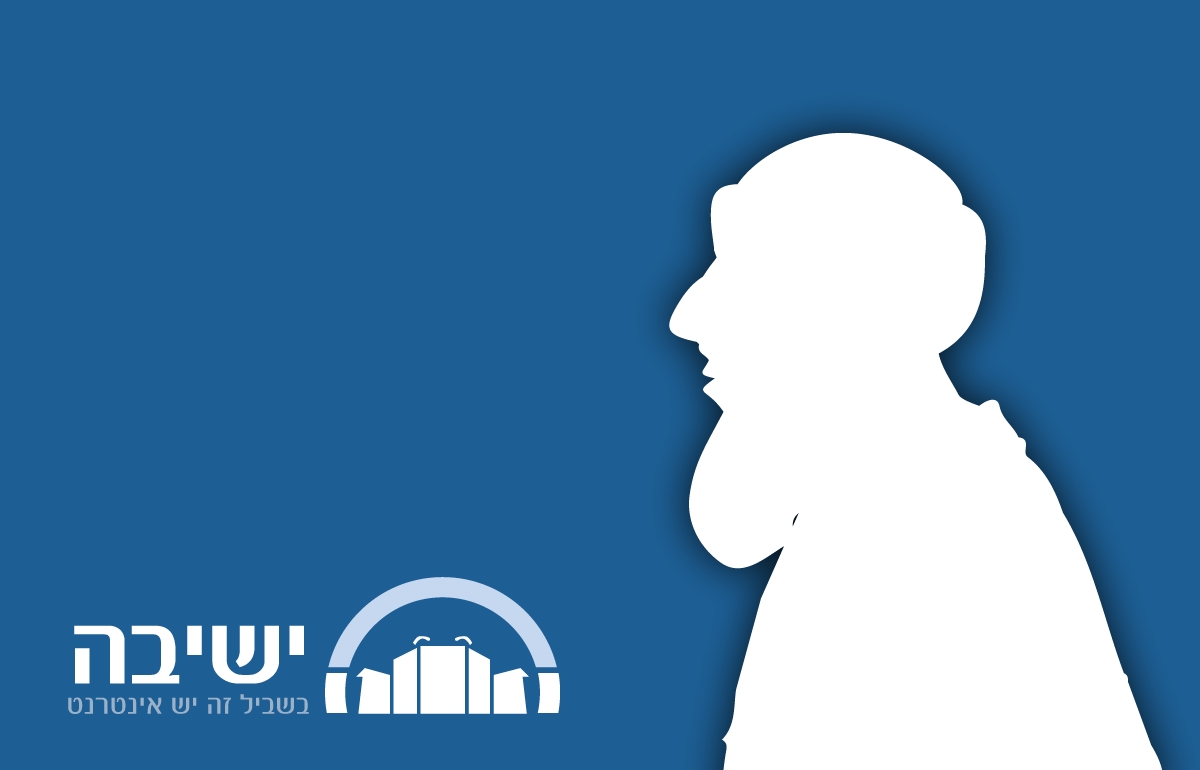
Muktzeh during Bein Hashemashot
Rabbi Daniel Mann | Tevet 5 5779

An Oven Used for Chillul Shabbat
Rabbi Daniel Mann | 5775

How Many Challot to Take Home?
Rabbi Daniel Mann | Tammuz 10 5781
